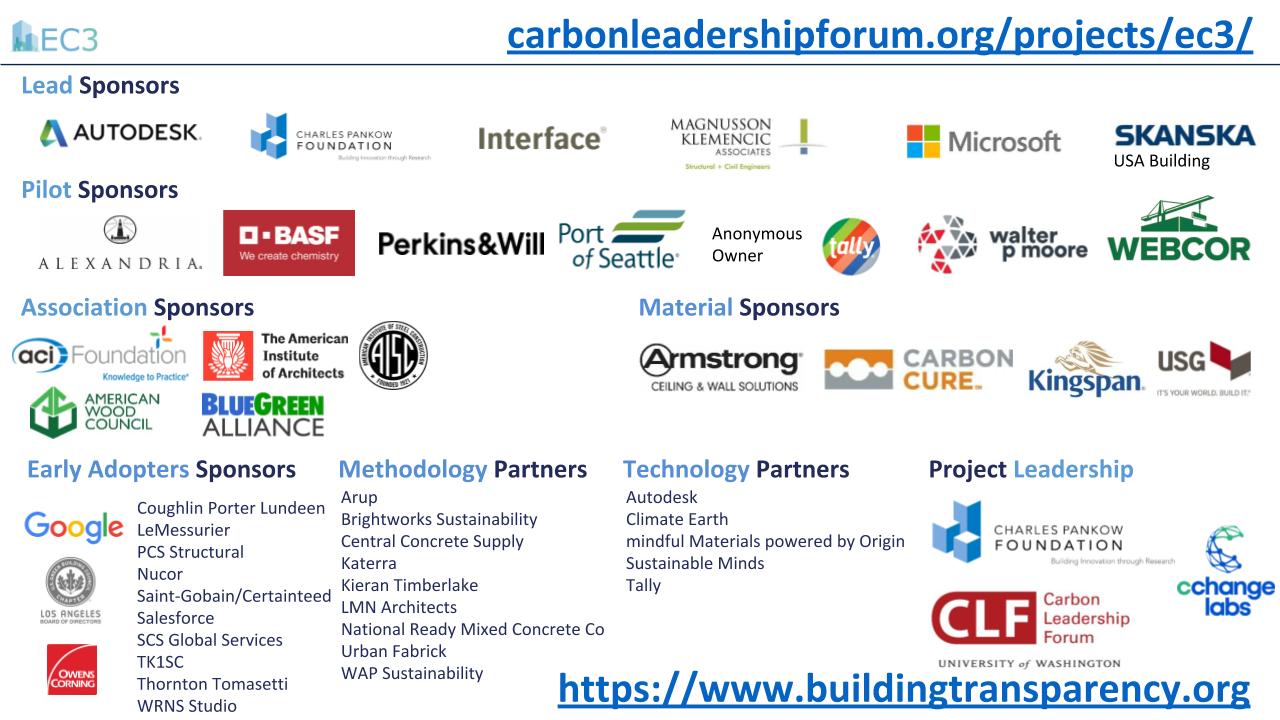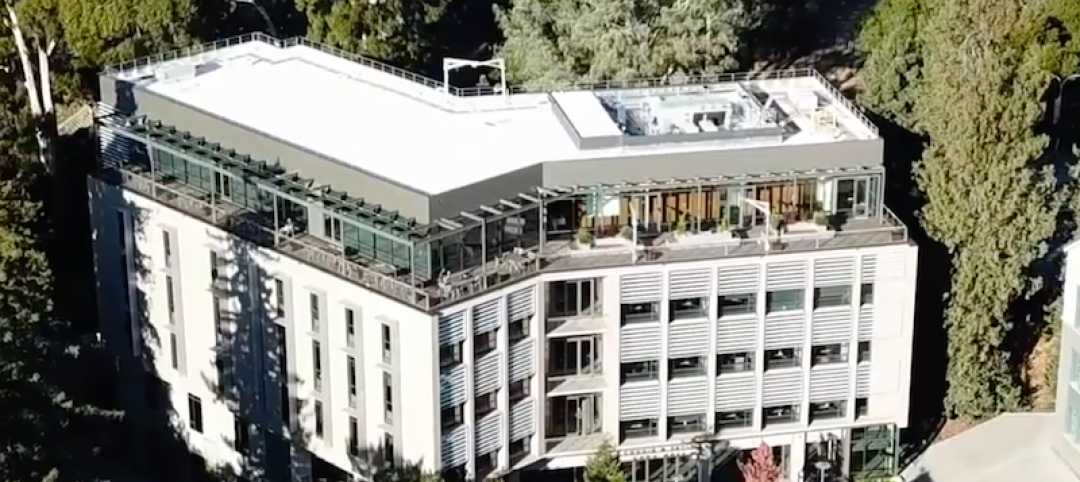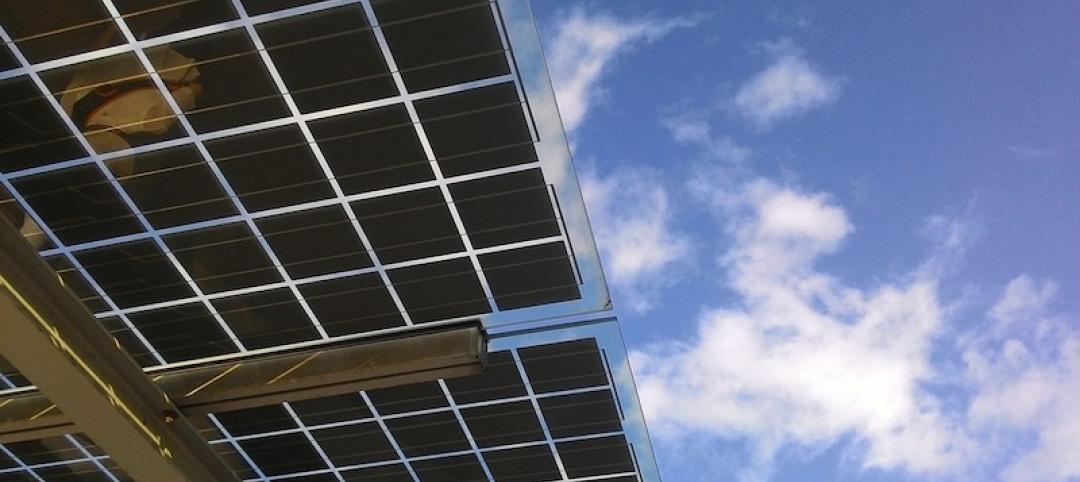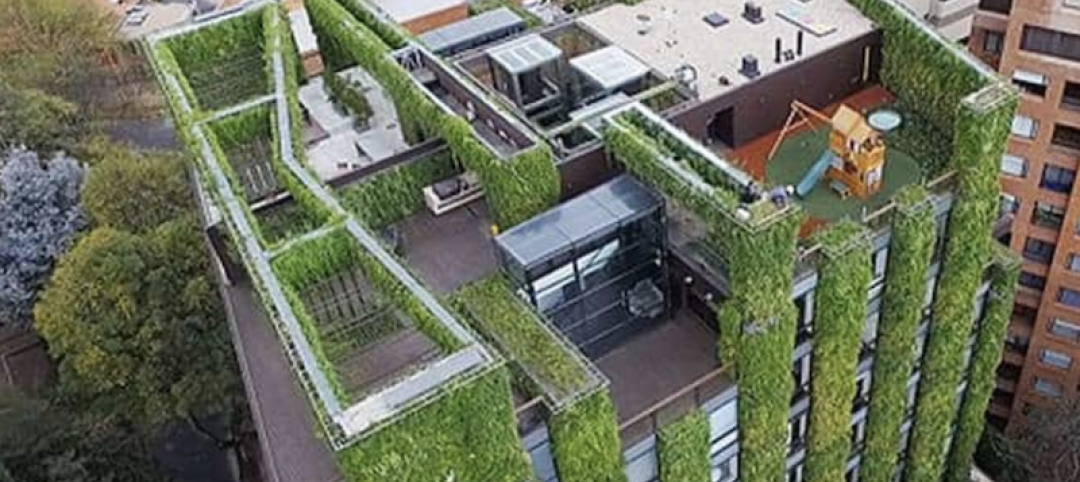Fifty years ago, we were a divided country, but we also went to the moon by agreeing to work together on a common goal. That challenge required stepping out of our competitive silo’s and focusing on something that couldn’t be solved by any one entity alone. It also involved starting down a path before we had all of the answers in order to meet the goals. We did, however, know a direction we wanted to go in and we had a collective motivation to act.
What is our next moon shot? When looking at the “win at all cost” mentalities of our current politics, it is no doubt discouraging to people on all sides. We do, however, face daunting challenges today, and we could use more collective efforts where we chose to work together for a common cause. One of these next moonshot challenges is how we, members of the building community, respond to climate change.
Time is not our friend on this one. If we are to have success, we need to quickly move out of our individual silos and engage the collective of the building community: owners, architects, engineers, contractors, and material suppliers. If we can find common causes where we can work together, we can set forth thoughtful ideas, and scale their speed of adoption.
A recent example of how this can happen in the AEC industry is the development of the Embodied Carbon in Construction Calculator (EC3). Nearly 50 industry partners came together to develop and deploy this groundbreaking cloud-based tool. It is free and open access. It helps building teams evaluate a project’s overall embodied carbon emissions during design and procurement decision making, making it easier to compare like materials, and enabling the specification and procurement of the lower carbon material options.
The tool and its subsequent impact on the industry is driving a growing demand for lower-carbon building solutions and incentivizing manufacturers and suppliers to invest in disclosure, transparency, and material innovations that reduce the carbon emissions of their products. (To understand how to integrate EC3 into a project’s workflow, check out the EC3 AEC industry primer.)
There are many partners that have helped bring the EC3 tool into existence, including Skanska and C Change Lab’s origin of the idea. For our part, the MKA Foundation as the lead funder to date, in coordination with the Charles Pankow Foundation, as both a funder and the collective grant manager, supported the Carbon Leadership Forum for the tool’s development.
Embodied Carbon in Construction Calculator (EC3) Partners

CLICK HERE TO ENLARGE
One key to this effort’s success was the approach advocated by the Charles Pankow Foundation and the Carbon Leadership Forum, encouraging a culture focused on collective impact and collaborative actions--where self interests routinely are set aside so diverse groups of leaders can engage, challenge conventional wisdom, and reshape the conversation.
This approach led to peers and competitors alike being able to engage in a common space, including for the structural community, the American Institute of Steel Construction (AISC), the American Concrete Institute (ACI), and the American Wood Council (AWC), each providing funding and technical input. Getting these three main material-focused organizations to agree to work on a common effort that was bigger than any one of them has been a major collective action accomplishment.
The model deployed by this project raises the bar for how the design and construction industries can come together to work on collective initiatives that are in all our interest. Through collective action, it is already paving a way to address the carbon reduction goals for our industry.
We hope that this project will inspire our industry to do more of the same. If you have an idea worthy of a collective action initiative, we invite you to engage this same model and seek out partners that are willing to invest and engage with you to bring your idea forward. When we choose to work together, many things are possible. Even ideas as ludicrous as going to the moon.
Related Stories
Green | Jan 28, 2019
This is the country’s greenest academic building
Perkins+Will designed the building.
Green | Nov 15, 2018
USGBC launches LEED Zero, to address net zero carbon operations and resources in LEED green building projects
LEED Zero complements LEED to verify the achievement of net zero goals and signals market leadership in green buildings.
Green | Oct 17, 2018
USGBC survey suggests employees are happier, healthier, and more productive in LEED green buildings
Can healthier, more sustainable buildings give employers a hiring edge to attract best in class talent?
Green | Oct 15, 2018
Green, and then some: Architecture firms are helping cities raise the stakes in green design
Architecture firms are answering the call of local governments and institutional clients for higher standards in green building design.
Green | Sep 11, 2018
Chicago becomes seventh city in the world to achieve LEED for Cities Platinum certification
It is the highest level of certification available from the U.S. Green Building Council.
Green | Aug 28, 2018
Chattanooga’s Miller Park set to open after $10.3 million overhaul
Spackman Mossop Michaels and Eskew Dumez Ripple partnered on the project.
Green | Aug 16, 2018
Vertical gardens: Wellness oases in the urban jungle
When there’s only so much real estate available in urban centers for parks, how’s a developer to bring in more green with biophilic design?
Green | Aug 15, 2018
What if your neighborhood could make you healthier?
The WELL Community Standard equips planners to build health promotion into the very fabric of neighborhoods.
Green | Jul 26, 2018
St. Paul aims for zero carbon in all buildings by 2050
The city is working for better efficiency and sourcing green power to reach its goal.
Green | Jul 26, 2018
DOE releases updated version of Better Buildings Financing Navigator
Version 2.0 provides renewable energy financing options, sector-specific and location-specific financing resources, and a smart database of financing providers.

















